
Procedure: Thoracotomy
Emergency Procedure: Thoracotomy. Possibly the most terrifying emergency procedure, but also one which carries a high chance of saving a life.

Emergency Procedure: Thoracotomy. Possibly the most terrifying emergency procedure, but also one which carries a high chance of saving a life.
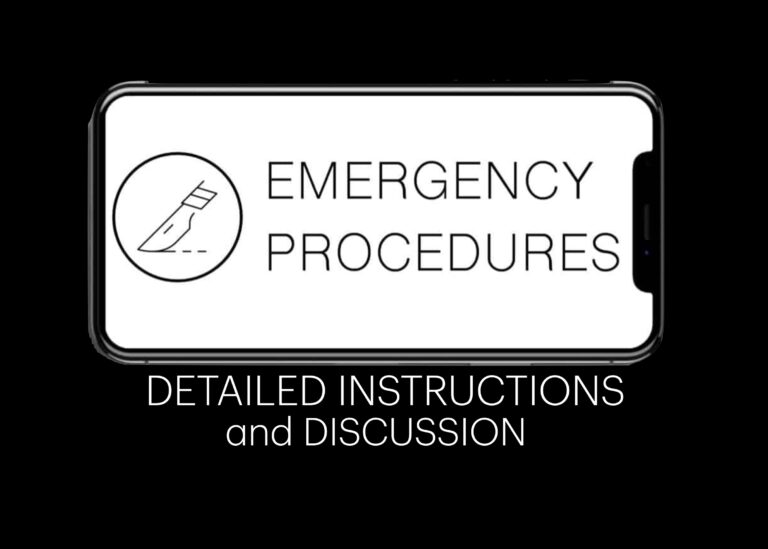
Emergency procedure, instructions and discussion: Priapism management. Management of Low flow ischaemic priapism (98%) and High flow non-ischaemic priapism (2%)

Emergency Procedure: Priapism management. Management of Low flow ischaemic priapism (98%) and High flow non-ischaemic priapism (2%)

An 85-year-old woman presents with anterior pelvic pain following a mechanical fall. A pelvic x-ray is performed

Emergency procedure, instructions and discussion: Difficult male catheters - We recommend a Seldinger technique
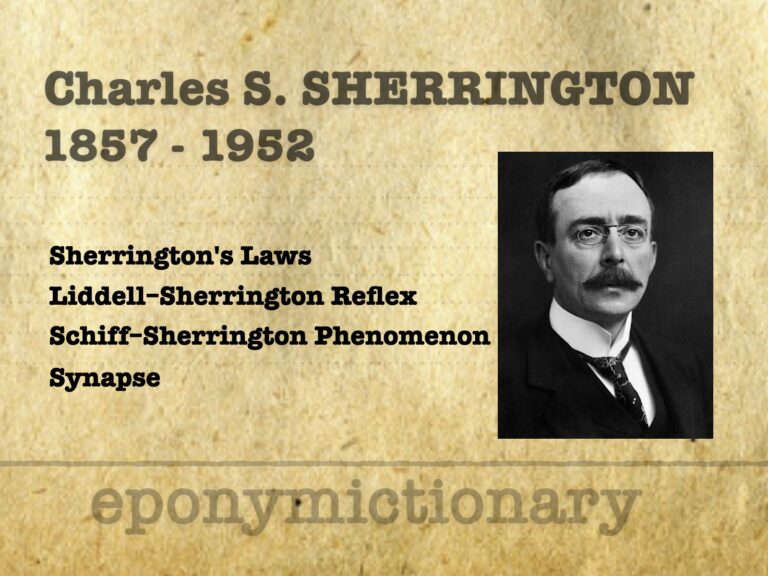
Sir Charles Scott Sherrington (1857-1952) was an English neurophysiologist. Sherrington’s Laws (1897–1900); Liddell–Sherrington Reflex (1924) and defining the synapse

Emergency Procedure: Male Seldinger catheter. Difficult male catheters - We recommend a Seldinger technique
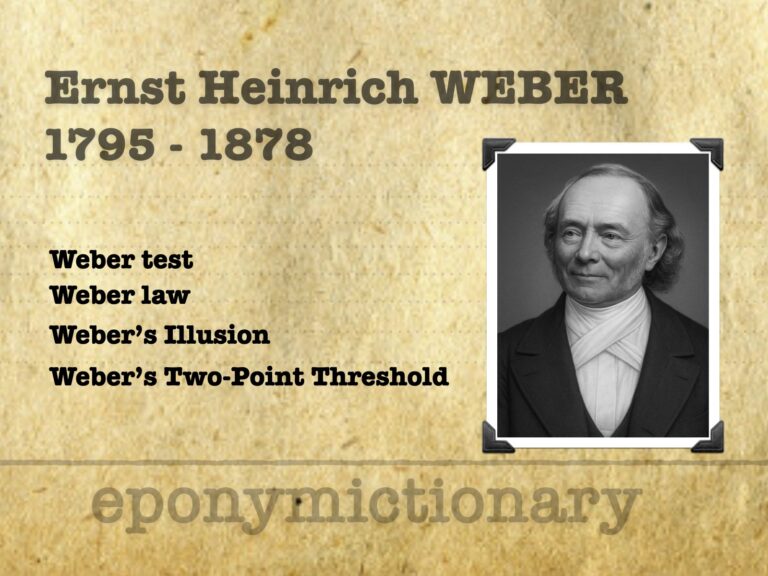
Ernst Heinrich Weber (1795-1878) was a was a German anatomist and physiologist. Weber law and Weber test for hearing assessment
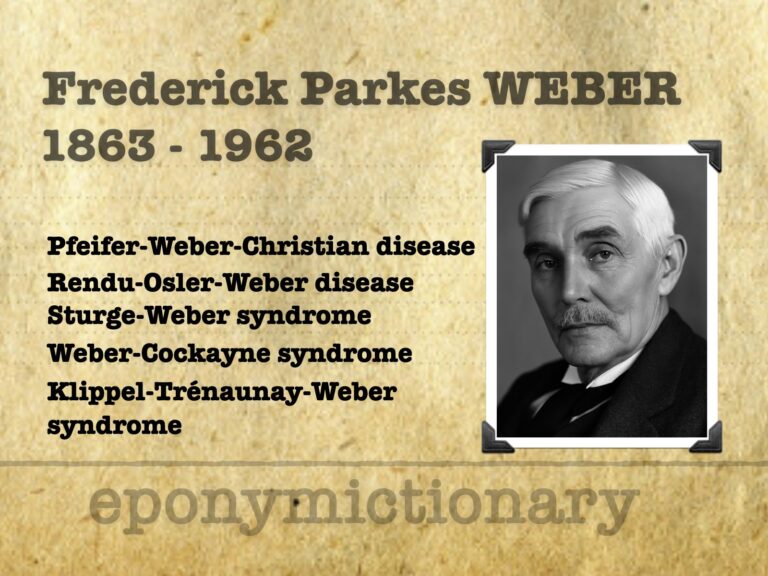
Frederick Parkes Weber (1863–1962) English physician and dermatologist; author of over 1,200 medical articles; described Rendu-Osler-Weber disease and Sturge-Weber-Kalischer syndrome; renowned numismatist and scholar of medical philosophy.
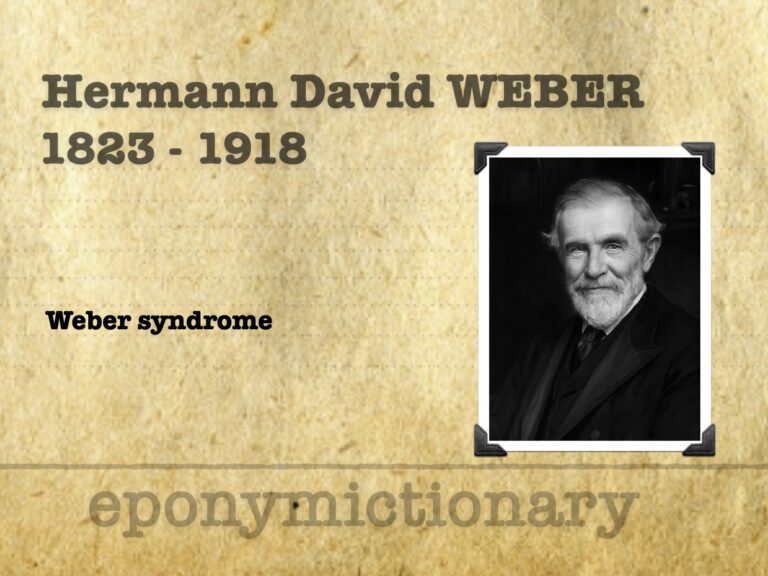
Sir Hermann David Weber (1823–1918) – German-born physician in London; pioneer of open-air treatment for tuberculosis; co-author of The Mineral Waters and Health Resorts of Europe; namesake of Weber’s syndrome; knighted for services to medicine.
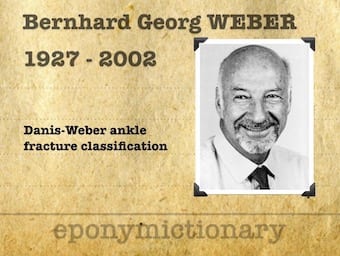
Bernhard Georg (Hardy) Weber (1927 – 2002) was a Swiss surgeon affiliated with the Danis-Weber ankle fracture classification. Medical Eponym

Shoulder Dislocations. Adult Orthopedic case interpretation. A review of Xray and ultrasound (POCUS) evaluation, dislocation types and reduction techniques